Cleaning Silver jewelry, especially pieces that are prone to tarnishing, might not be high on your list of tasks.
While it is a simple process, it is often overlooked because the Silver Jewelry we wear every day, like the earrings we never take off or our favorite necklace, usually doesn’t tarnish quickly.
These regularly worn pieces typically only require occasional polishing. However, it is the finer silver jewelry that is stored in boxes or trays and becomes darkened due to exposure and lack of use that may require more thorough cleaning.
In this guide, we will explain how to clean silver jewelry using easy do-it-yourself methods that effectively remove tarnish and restore its shine.
Cleaning Silver, Sterling Silver, and Silver-Plated Jewelry
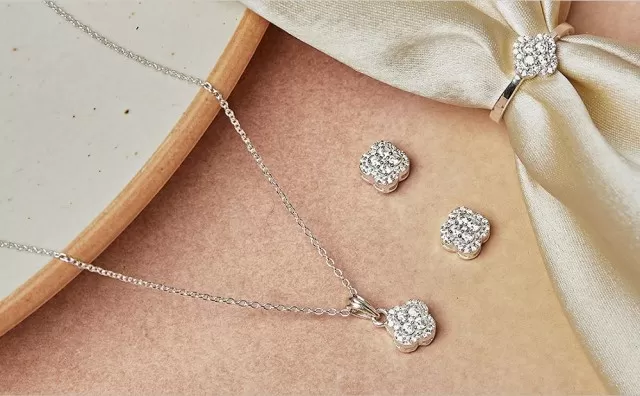
The jewelry in your collection is likely made of sterling silver or silver plating rather than pure silver.
These materials have a lower silver content and are more susceptible to tarnishing, which occurs when they are exposed to air and moisture.
Pure Silver: Contains 99.
9% silver and is rare in jewelry. Sterling Silver: Contains approximately 7.
5% copper, which can contribute to tarnish. However, tarnish is relatively easy to remove from sterling silver using the methods outlined below.
Sterling silver is more durable compared to silver-plated jewelry. Silver-Plated: Features a thin layer of silver spread over an alternative metal, such as copper, brass, or bronze.
The silver plating is typically only a few microns thick, so it’s important to be gentle during cleaning to avoid wearing off the coating. Silver-plated jewelry is generally lightweight.
To determine if your jewelry is sterling silver or silver-plated, check for markings such as 9.
25, 925/1000, Sterling, S/S, or Sterling 9. 25 on the clasp.
If these markings are absent, it is likely silver-plated. You can also use a magnet test, as pure silver is not magnetic.
How to Clean Silver Jewelry with Dish Soap
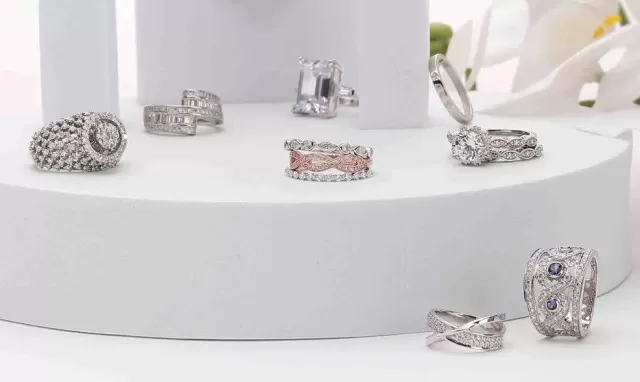
This method is suitable for both sterling silver and silver-plated jewelry.
Soak the Silver Jewelry: Add a few drops of liquid dish soap to warm water, creating a soapy solution.
Submerge the jewelry in the solution and let it soak for five to 10 minutes.
Scrub the Silver Jewelry: Use a soft-bristle brush, such as a toothbrush, to clean any crevices or intricate details on the jewelry.
Rinse the jewelry with warm water.
Dry the Silver Jewelry: Gently rub the jewelry with a silver cloth or a microfiber towel to dry it.
Avoid using paper towels, as they can scratch the silver.
For fine silver jewelry with precious gems, it’s often safe to clean them with soap and water.
However, it’s recommended to consult a jeweler or have the piece professionally cleaned for valuable jewelry.
How to Clean Sterling Silver with baking soda
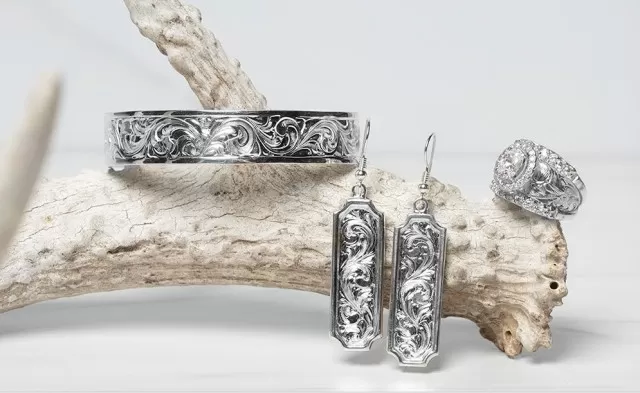
This method specifically targets tarnish on sterling silver jewelry.
Make a Paste: Mix two parts baking soda with one part water to create a paste.
Gently rub the paste onto the jewelry, ensuring that the tarnished areas are covered. Allow the paste to dry completely.
Rinse and Dry the Jewelry: Rinse the jewelry with warm water, ensuring that all the baking soda residue is removed.
Dry the jewelry using a soft cloth or microfiber towel. You can also use a similar method using cornstarch.
Additional Homemade Solutions for Cleaning Sterling Silver
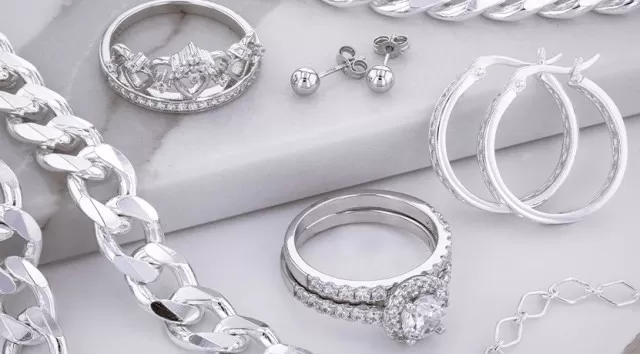
If soap and water alone do not remove the tarnish, you can try other do-it-yourself methods using common household items such as baking soda, lemon juice, olive oil, White Vinegar, salt, and toothpaste.
Mix Lemon Juice and Olive Oil: Combine 1/2 cup of lemon juice with 1 teaspoon of olive oil.
Dip a clean cloth in the solution and gently rub the silver until it shines. Rinse and dry the jewelry afterward.
Combine Vinegar and Baking Soda: Mix 1/2 cup of white vinegar with 2 tablespoons of baking soda. Soak the silver jewelry in the mixture for two to three hours before rinsing and polishing.
Clean Silver Jewelry with Toothpaste: Diluted toothpaste and a soft-bristle brush can be effective for cleaning sterling silver jewelry, but make sure to avoid whitening formulas. However, toothpaste may remove the finish on silver-plated jewelry, so exercise caution.
When cleaning silver rings, it’s best to start with a gentle cleaning method to avoid damaging the ring. If soap and water are not sufficient, use a clean toothbrush to scrub any remaining tarnish in intricate areas.
The aforementioned DIY methods can also be used to clean silver rings. However, if the ring contains other materials such as turquoise, pearls, or gemstones, it’s important to consult a professional before cleaning to prevent damage.
For silver chains on necklaces and bracelets, they can tarnish easily from contact with lotions, perfumes, and perspiration.
These delicate pieces require special care. You can use the same method used for cleaning silver flatware to clean silver chains.
This method utilizes aluminum foil to remove sulfur atoms from the silver.
Prevention of Tarnish on Silver Jewelry
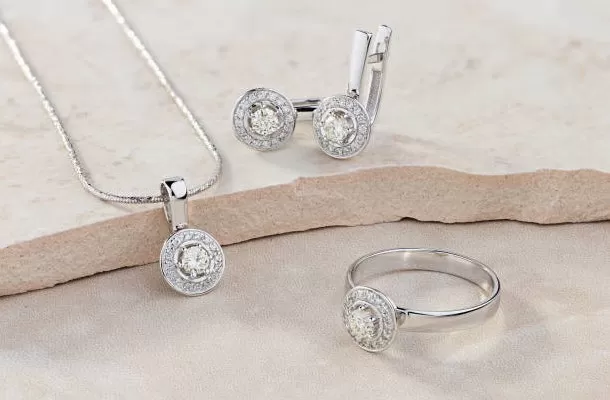
Prevention is key to maintaining tarnish-free silver jewelry.
While it is impossible to completely protect silver from air, heat, and moisture, there are steps you can take to limit exposure.
Store all silver jewelry properly in soft, anti-tarnish bags in a cool and dark place.
Lower humidity levels are preferable. Adding a piece of chalk, a packet of charcoal, or silica gel to the bags can help absorb moisture.
Avoid storing jewelry in the bathroom, as excess moisture can be detrimental. Remove rings, earrings, and other silver pieces before showering, swimming, or doing dishes.
It is also advisable to put on jewelry last, after applying perfumes and lotions, allowing them time to absorb into the skin.
*The information is for reference only.